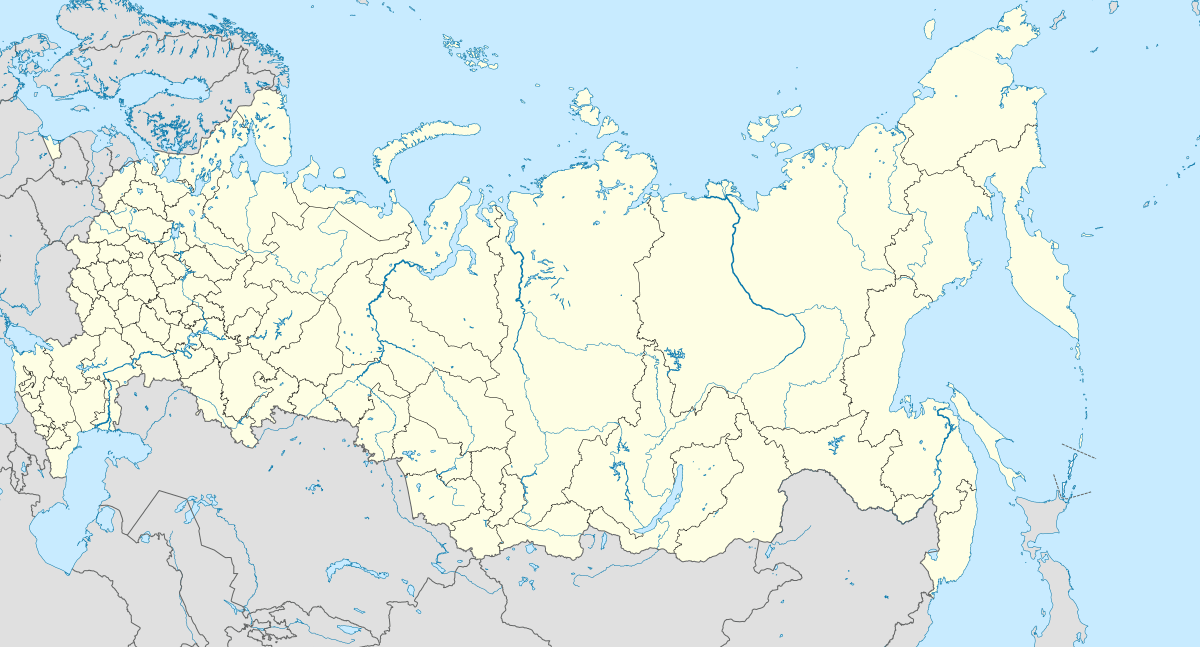Monument to the laboratory mouse
The Monument to the laboratory mouse is a sculpture in the city of Novosibirsk in Siberia, Russia. It is located in a park in front of the Institute of Cytology and Genetics of the Russian Academy of Sciences, and was completed on July 1, 2013, coinciding with the 120th anniversary of the founding of the city.
 Location in Russia | |
| Coordinates | 54.848675°N 83.10655°E |
|---|---|
| Location | Akademgorodok, Novosibirsk, Russia |
| Designer | Andrew Kharkevich |
According to Nikolai Kolchanov, the director of the institute, the monument commemorates the sacrifice of the mice in genetic research used to understand biological and physiological mechanisms for developing new drugs and curing of diseases.[1]
Description
The monument, which sits on a granite pedestal, is of a laboratory mouse wearing pince-nez on the tip of its nose. The mouse holds knitting needles in its paws and is shown knitting a double helix of DNA. The bronze figure is itself only 70 cm (27½”) high, but the total height of the monument including the pedestal is 2.5 meters (98"). The DNA spiral emerging from the knitting needles winds to the left, thus showing that it is the still poorly understood Z-DNA - this symbolic of scientific research that is still to be done. In contrast, the more common B-DNA (depicted in school lessons) winds to the right.
Background
The foundation stone of the monument was laid on June 1, 2012 in honor of the 55th anniversary of the founding of the Institute of Cytology and Genetics. The design for the mouse was the creation of the Novosibirsk artist Andrey Kharkevich, who made more than ten sketches before settling on a final design. It was from among the different versions of the classic and stylized image animals that a mouse knitting the DNA helix was selected.
Andrei Kharkevich described the statue as: "Here, the images of a laboratory mouse and a scientist are combined because they are connected to each other and serve one cause. The mouse is shown at the exact time of scientific discovery. If you peer into its eyes, you can see that this mouse has already invented something. But the whole symphony of scientific discovery, joy, "Eureka!" has not yet sounded."
Sculptor Alexei Agrikolyansky, who made the statue, confessed that it had not been easy to capture that moment as the mouse was obviously not human and yet he had to produce a character and emotions for the mouse that were believable and, while maintaining the anatomical proportions, create something that neither looked like a cartoon character nor a real mouse.
The sculpture was cast from bronze in Tomsk by Maxim Petrov.
References
- Koerth, Maggie (17 January 2014). "A monument to laboratory rats and mice". Boing Boing. Retrieved 12 June 2020.
External links
